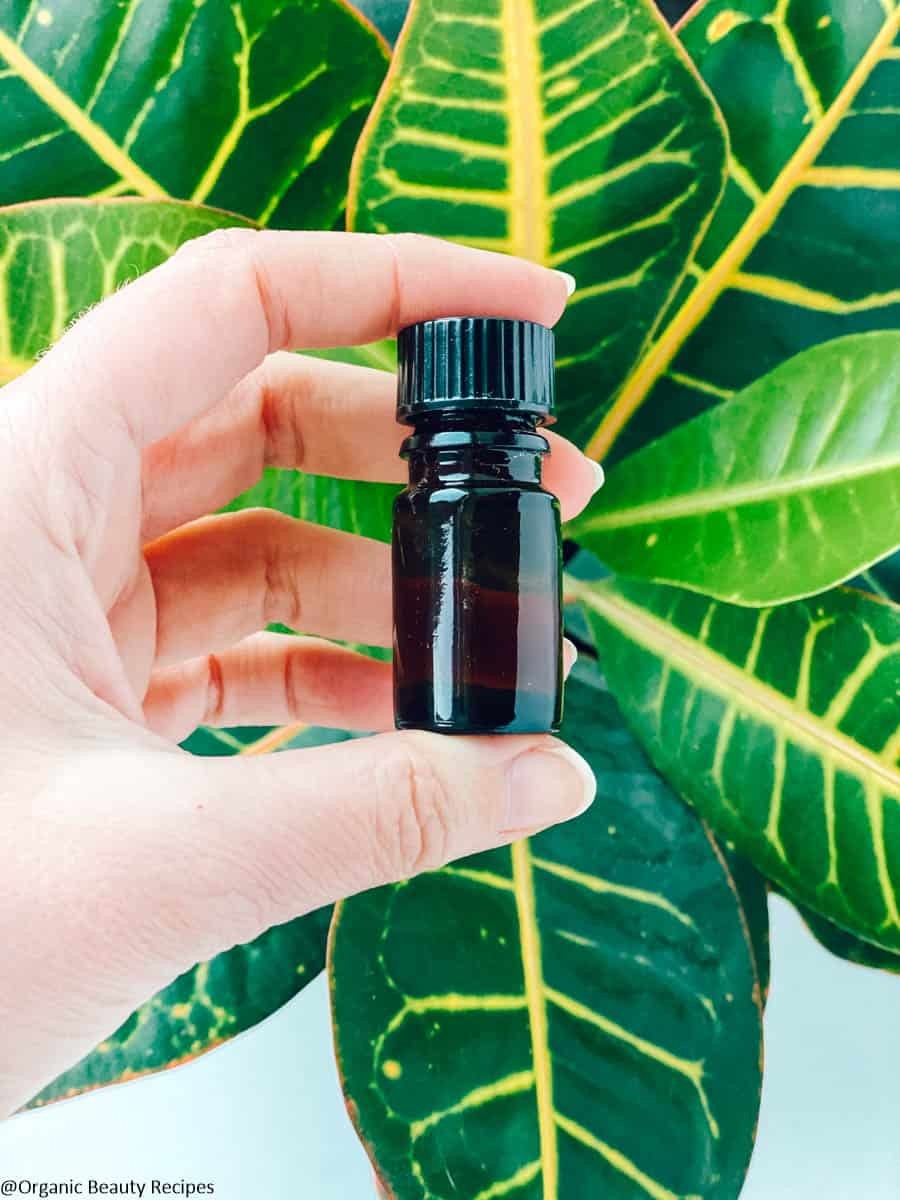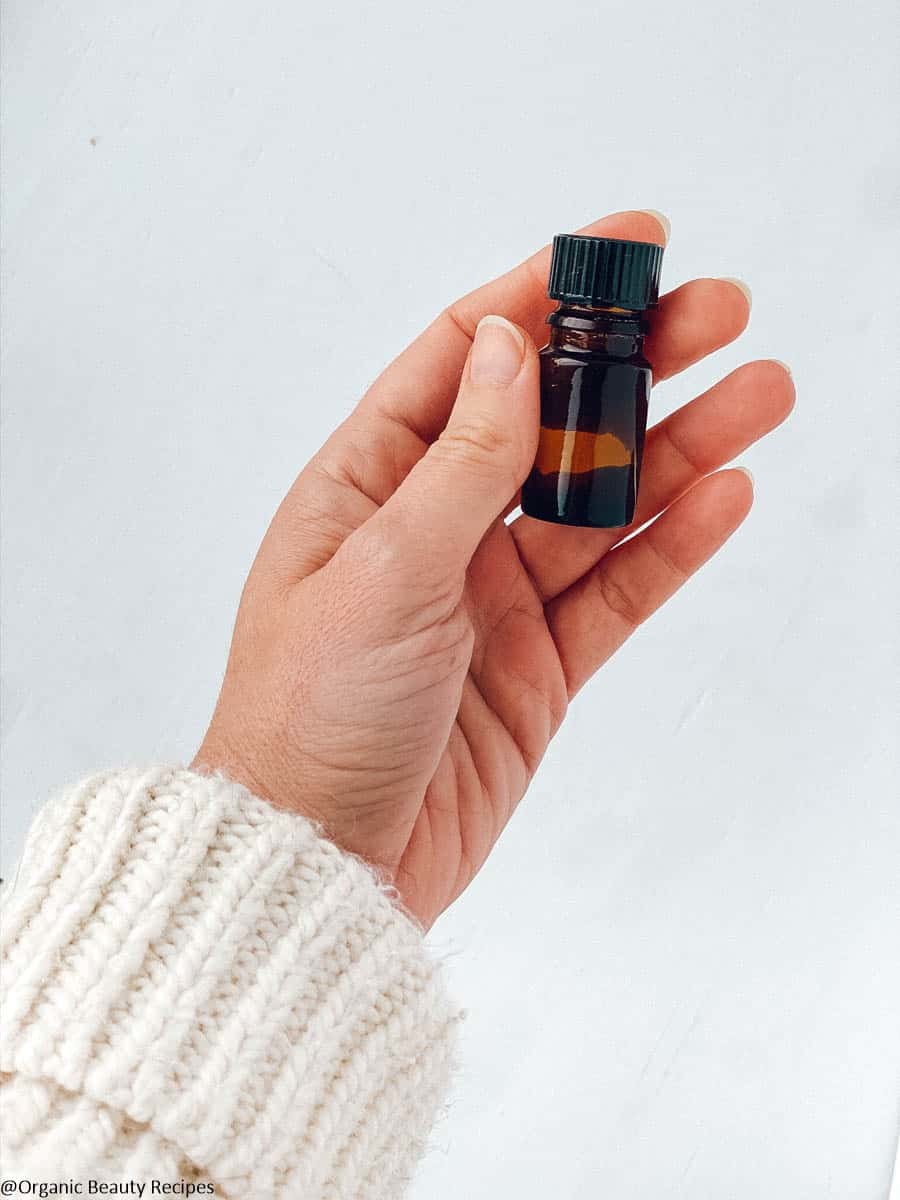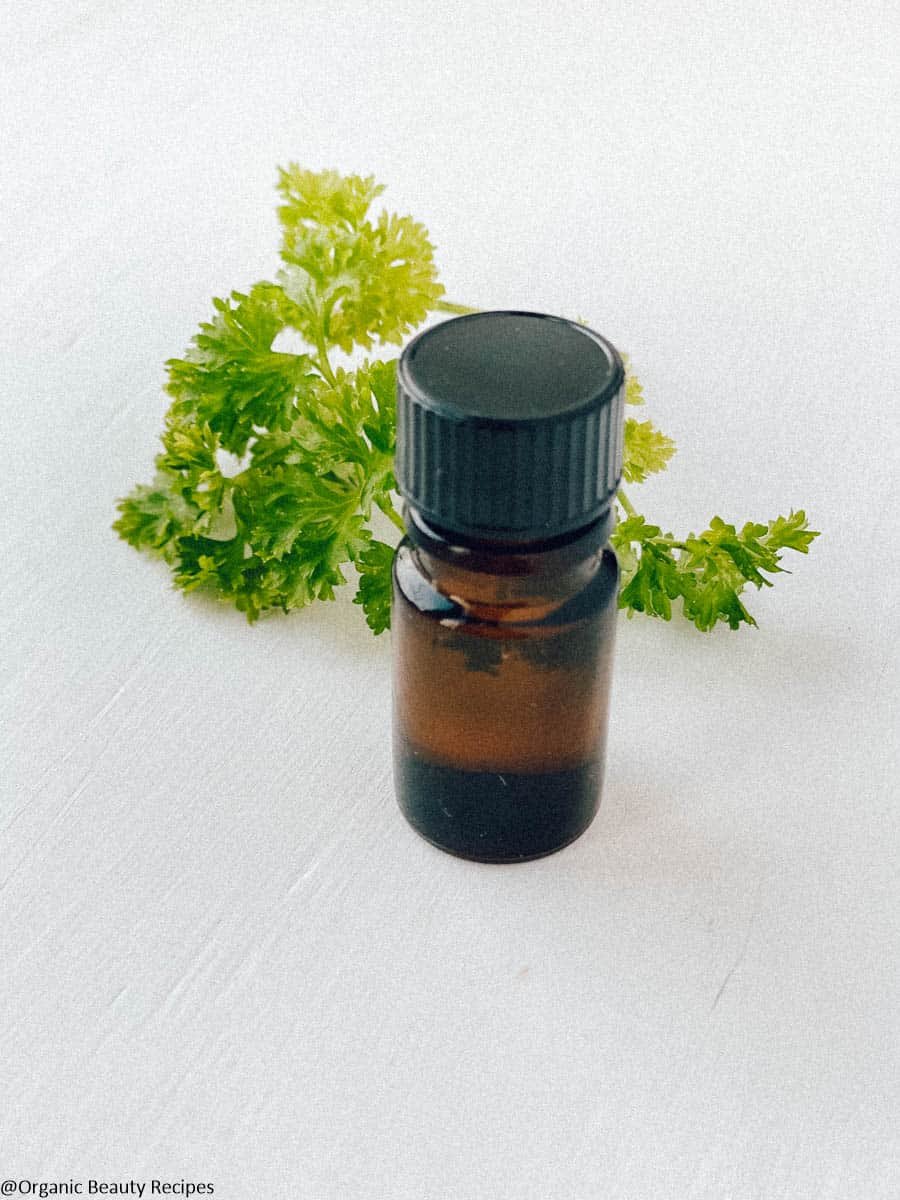“Organic Beauty Recipes By Eve – The Complete Guide To DIY Natural Beauty” is my long-awaited book, with a treasure trove of effective and easy to follow recipes with 100% natural ingredients.
You can order the ebook now on amazon for only $4.99 or get the paperback edition for $19.99 (USD).
I also launched my own small business offering all-natural raw shea Butter! Every time you purchase my Shea butter, you are supporting the Ghana women coop which employs 95 women and buys shea nuts from more than 5,000 women in 44 communities.
Lastly, check out my favorite shopping lists on Amazon . I will receive a small commission from the affiliate program Amazon if you order something and this is at no additional cost to you.
Thank you for your support!
When it comes to DIY recipes, you need to be mindful about using essential oils and ensure you are diluting them before use because they are a powerful concentration and essence of herbs. Essential oils do not become less effective with the use of carrier oil like almond, jojoba, grapeseed other oils. In fact, they delay the absorption of essential oils into the skin, which means they will have a long-lasting effect.

I’ve created this easy essential oil dilution calculator where you just have to input the total amount of carrier oil or hydrosol, select the carrier unit (ounces, drops or teaspoons), the percentage dilution (1 to 5% recommended depending on the usage) and then your preferred essential oil dilution unit (ounces, drops or teaspoons), then you will get the amount of essential oil to use in your homemade product, Voila!
Essential Oil Dilution Calculator
With this essential oil calculator, you will be able to make recipes and essential oil dilution accurately and safely at home.
Why Do You Need an Essential Oil Calculator?
An essential oil dilution calculator is important in determining the dilution percentage since essential oils need to be used in smaller and precise amounts to stay safe. Therefore, whether you are an expert or a DIY beauty product newbie, the calculator can be used to simplify your DIY projects.
How to Dilute Essential Oils? – Look at the Guide Here:
To dilute essential oils, you need to use a safe substance like skincare oil, water, unscented lotion or liquid soap. As a guide, you can use 4 – 45 essential oil drops per 1 oz of the carrier substance depending on the homemade product you are making. Percentage dilution should be 0,5 – 5%. Here is a useful chart for your assistance.
Suggested Dilutions For DIY beauty products
- 2% dilution for body oil & cream
- 1% dilution for massage oil
- 1% dilution for face cream
- 5% dilution for a natural perfume
- 3-5% dilution for soaps
- 3% dilution for Homecare
Guide to Essential Oil Calculator for Cold Process Soap
Before I answer this, you need to know that the answer is never straightforward, and here is the reason why. For most cosmetic products, for example, a cold press soap, essential oils are used in the range of 0.5-5% of the total formula, and even more for wash-off products.
A cold-press soap is a wash-off product; therefore, its essential oil usage rate falls in the mid-range, i.e., about 2-4%.
Confused? Here is a more detailed example:
If the soap mold has roughly 4 oz. of oil per cavity (i.e. 4.75 oz. bars of soap), the usage rate would be 3%, as follows:
[4 oz. x 0.03 (3%) = 0.12 ounces, i.e., roughly 3.5 Grams of Essential Oil]
If you notice, the usage rate of essential oil is calculated from oil in the formula, and not the entire recipe. This is because water or some other liquid is used in soap making to complete saponification. Since in this process, most of the water is evaporated during cure, using essential oil usage rate based on the complete formula, it will be more concentrated. You also need to remember that with different essential oils, usage rates vary.
How to Blend Essential Oils?
Blending essential oils is an art – However, have you noticed that your blend may smell differently after a few hours to when it was created. This is because some essential oils evaporate quicker than others do. Considering their evaporation rate, the essential oil blends can be distributed into three categories.
- Top notes include essential oils that evaporate quickly, i.e., within one to two hours. Examples of these type of oils are Bergamot, Grapefruit, Lavender, Lemongrass, Peppermint, etc.
- Middle notes include essential oils that take a bit more time to evaporate, i.e., within two to four hours. Examples of these type of oils are Chamomile, Cinnamon, Jasmine, Tea Tree, Rosemary, Ylang Ylang, etc.
- Base notes are the essential oils that take the most time to evaporate. They may even take a few days, which is why they form the base in the blend. Examples of these types of oils are Cedarwood, Ginger, Sandalwood, Vanilla, etc.
Tips in Making an Essential Oil Blend
Although you may not want to restrict your creativity, here are some of the categories that blend well with each other:
- Floral oils blend well with citrusy, spicy and woodsy oils.
- Woody essential oils generally blend well with oils in any of the categories.
- Spicy essential oils blend well with citrus and floral oils. However, do not overuse the spicy oils.
- Minty essential oils blend well with woodsy, herbaceous, citrus and earthy oils.
- Start with only a few drops, i.e., 5, 10, 15, 20 or 25 drops. Try not to exceed 25 drops to create a stable blend.
- 2ml ‘shortie’ bottles (amber) for storage are an inexpensive choice.
- Start blending by only using CO2s, absolutes or essential oils. After formulating the blend, you can dilute it with carrier oils, using the essential oil calculator.

Which Essential Oils to Avoid Putting on Your Skin?
Although essential oils may be fragrant and have soothing properties, they may hurt the skin more because of the other oils that are used in combination. The essential oils that need to be avoided include:
Skin irritant essential oils:
- Cinnamon
- Clove
- Pimento
- Oregano
- Thyme
- Wintergreen
- Savory
Toxic essential oils:
You have probably not come across them but just in case!
- ajowan
- arnica
- camphor
- mustard
- nutmeg
- parsley
- rue
- tansy
- woormwood
- sage
- wintergreen
Why You Should Avoid Citrusy Essential Oils on Your Skin?
Citrus essential oils contain natural chemicals that can increase a burning sensation, and hence increase photosensitivity. This means that applying these oils before sun exposure can affect the skin badly. On the other hand, phototoxicity refers to photosensitization, i.e., a UV light-induced reaction that can cause severe burning and discoloration of the skin.
Photosensitive essential oils
- angelica
- bergamot
- lime
- bitter orange
- cumin
- verbena
- lemon
- bitter orange
- opopanax
Essential Oil Safety
- Do not use undiluted essential oils on the skin.
- Absorption of EOs is increased on damaged skin, avoid using on damaged skin.
- Use photosensitizing essential oils with caution and never on your skin if you are going under the sun.
- Remember to consult a health practitioner if nursing, pregnant, taking any medication or suffering from any medical condition.
- Test diluted EOs on inconspicuous areas before use.
- Do not use EOs internally unless a naturopathic doctor has instructed you to do so.
- Keep EOs away from your eyes and mucus.
- Avoid overusing essential oils.
Children and Essential Oil Guide Safety
If you have children around you, make sure that you store the oil bottles in a place where they cannot reach. Young children are known to unscrew bottles easily and drink liquids without thought, therefore make sure that you keep them in a safe place. Moreover, use childproof caps for enhanced safety.
The use of essential oil with children is not recommended unless directed by a doctor.
I hope you have enjoyed my recipe, please share the love and rate ***** in the comments below!


Hello Eve, I’ve been doing a lot of online searching for information since I am just getting started. Your site is extremely helpful. I do have a question about dilution that I haven’t seen anywhere. Do all essential oils count equally in the % solution number of EO drops to carrier oils? I’m curious if the milder ones like Lavender (can be applied directly to bug bites?) need to be counted as much as the other more potent or irritating oils.
Also, what is your opinion of Pennyroyal?
Thank you for all the wonderful information you have posted.
this is awesome! i am just wondering if you have any recommendations for AHA and other types of acids in face oils.
Super useful post, thank you! What dilution do you recommend for an oral wellness blend (including peppermint, eucalyptus + almond oil as carrier)? Would it be safe to add clove and tea tree to that as well? I would use it on an interdental brush and/or in addition to toothpaste. Thank you.
Author
for oral health, dilution is 0.5% to 1%. in terms of essential oil, peppermint, tea trea and cinnamon are great choice. Clove can be irritant so use with caution.
Thank you so much!